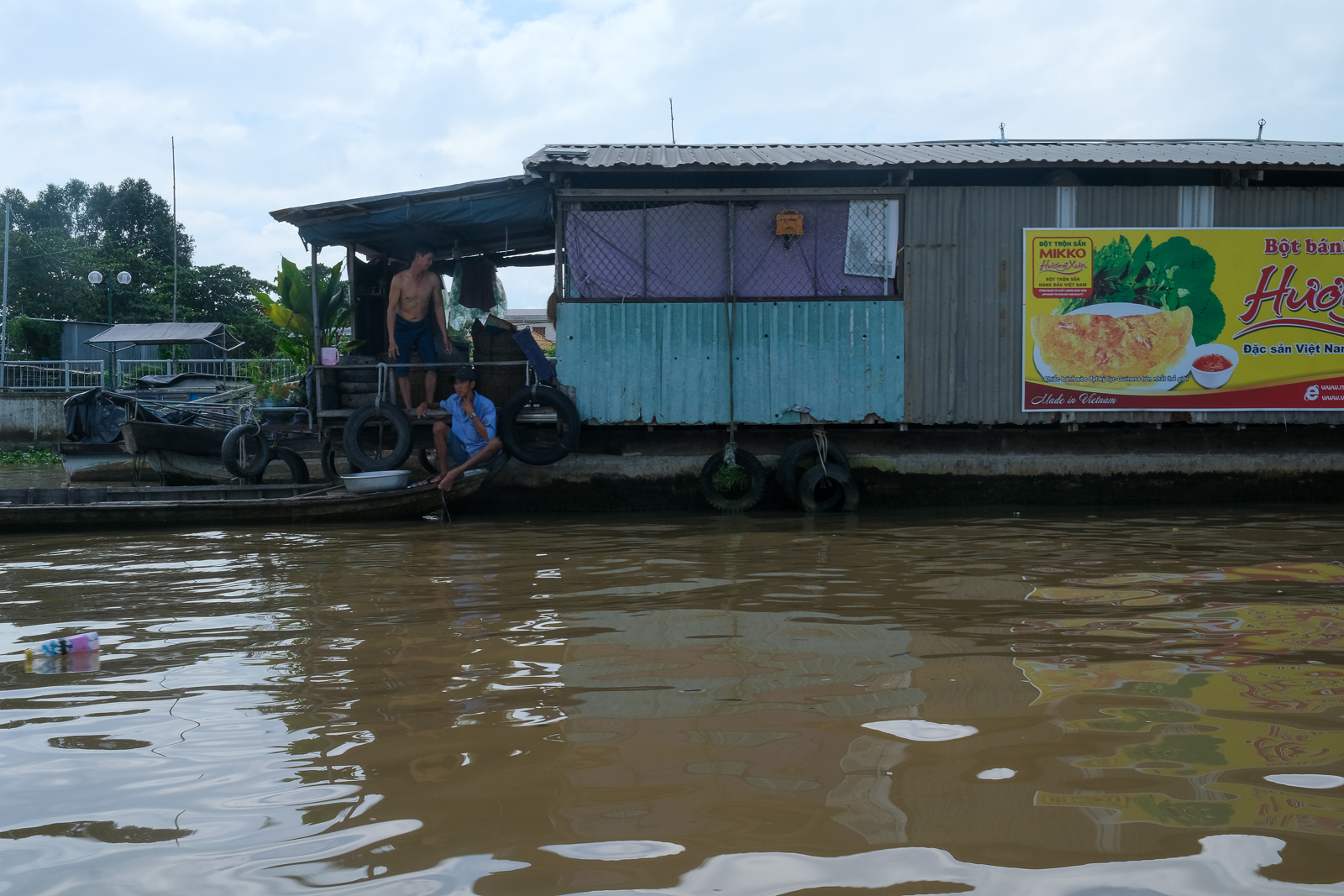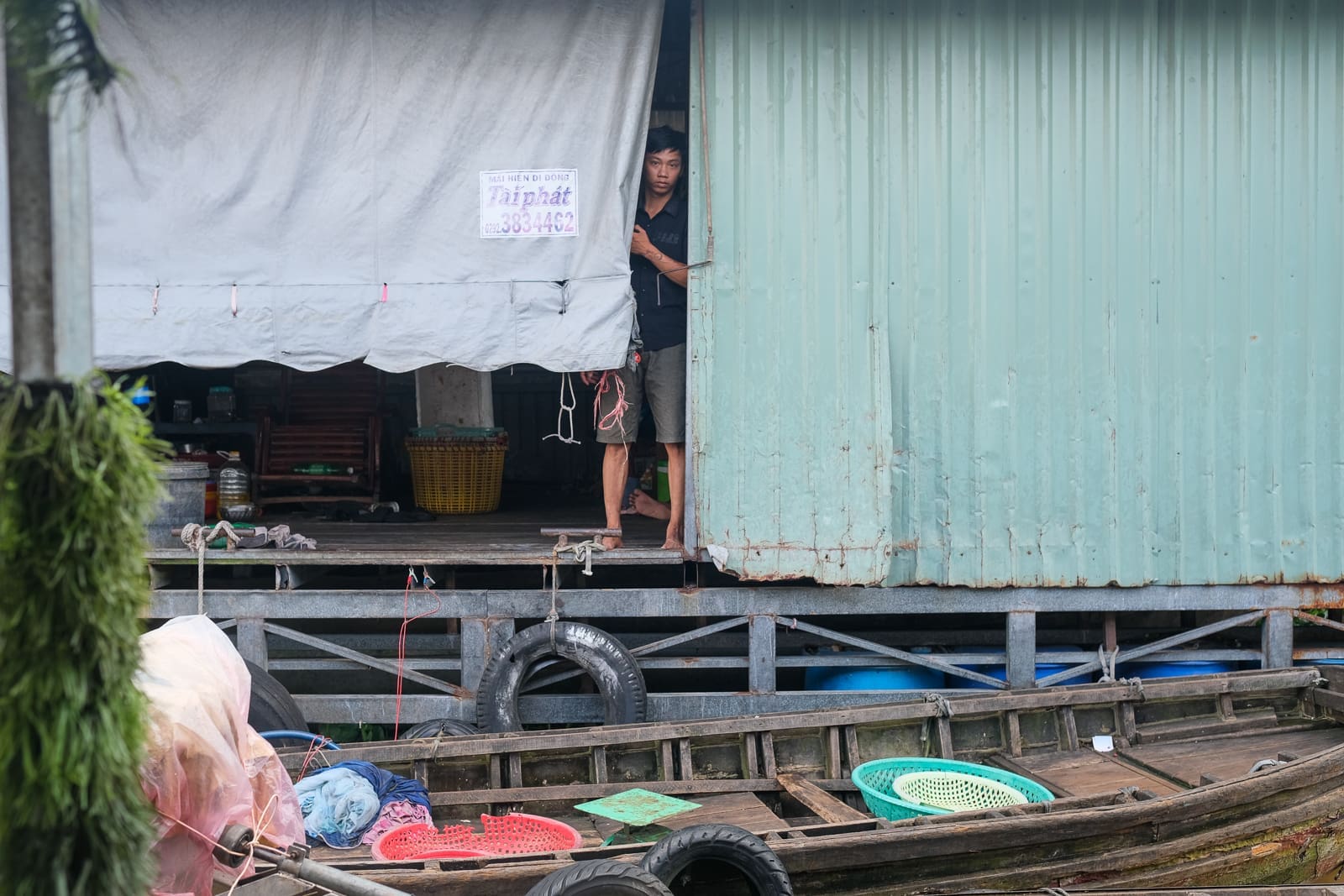Travel allows us to sneak into that hidden compartment to access an unexpected thought.
Travel leads us to disorientation, to discovery.
I am in Can Tho, the largest city in the Mekong Delta. More precisely, I am moving on the water of one of the nine main branches of the great river, the so-called “Nine Dragoons.” The Mekong manages to be imposing and placid simultaneously at every turn.
It is about 10 a.m., and I get the impression that something has already happened there. Every morning at dawn, here is the Cai Rang market, which remains the region’s largest and most active market. Around me are the traditional river boats with their eyes painted on the prow, then the larger trading ships, some sailing, others standing still, loaded and “submerged” in the river.
I watch the water, the vendor boats, the faces of the people.
The journey that sanctions and reveals contrasts. The beautiful often does not coincide with the authentic, the harmony and contradictions between environment and human being. I decided to play a little game and start peeking inside each window to take home a little piece of the daily life of the river’s inhabitants and identify what their life in this place could be like.
A boy in his boat, having concluded the market, sorted out the leftover goods, carefully cleaned up the wooden beams of his floor and prepared fresh fruit for his family.
But now that guy, to take a breather from work, is playing the same game as me, and he faces the river. Our gazes meet, and I immediately feel a connection.
I wonder how much life has passed in this portion of the canal, how many stories have mingled within these waters, how many exchanges of fruits and vegetables, and how many other crossings of glances.
I wonder, finally, how that boy sees the world from there, from that crack, which for me, after all, is nothing but a window to infinity.



